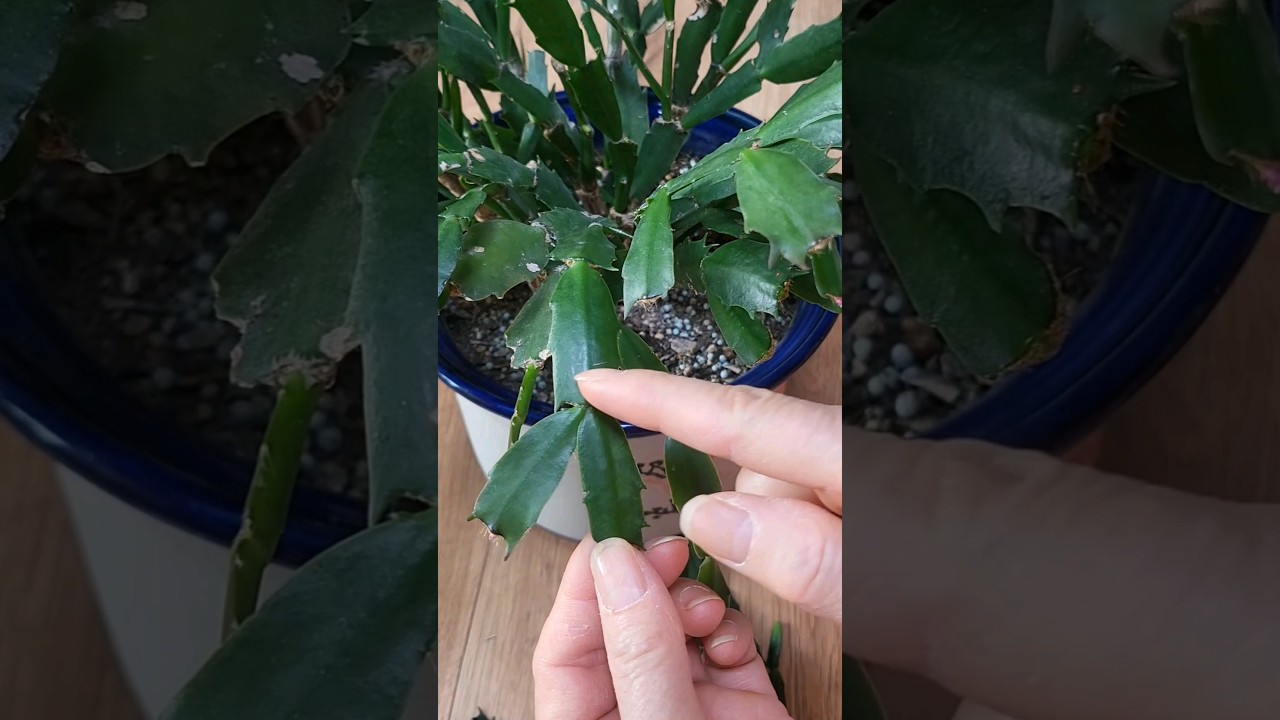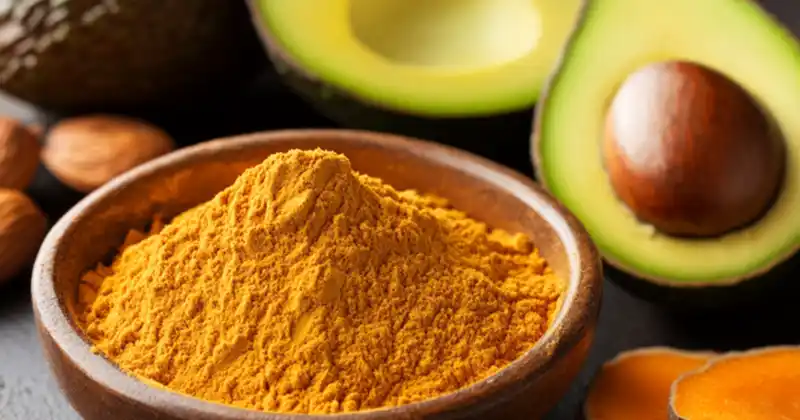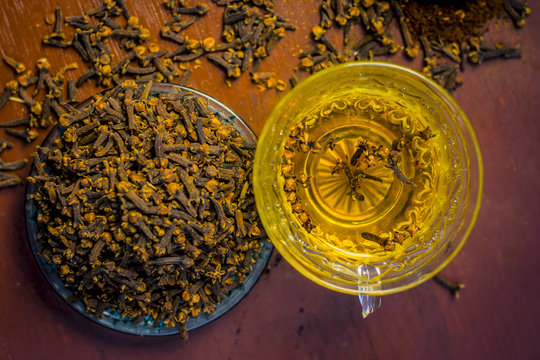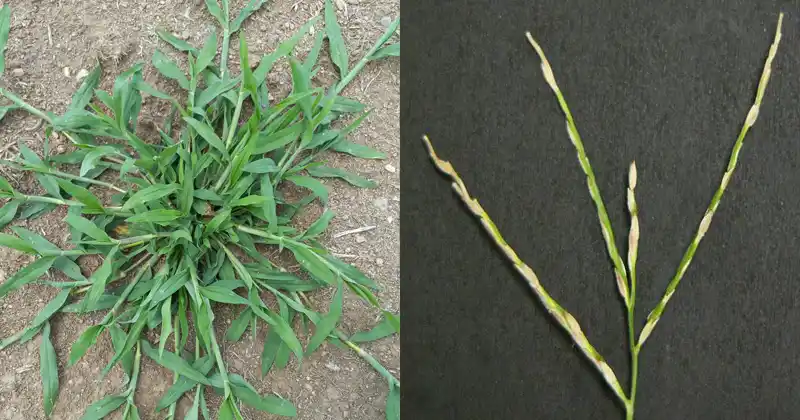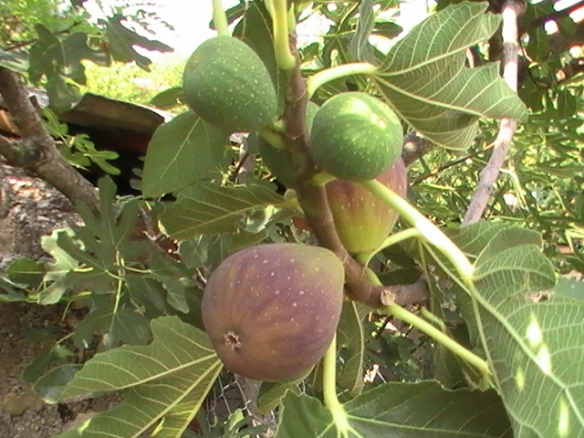
Introduction: Enhancing Your Crab Cactus
The crab cactus, also known as the Christmas cactus, is a popular houseplant known for its segmented limbs and beautiful blooms that appear just in time for the holiday season. For enthusiasts looking to cultivate a fuller, more robust plant, focusing on developing thick wooden bars and numerous spheres is key. Here’s how you can encourage your crab cactus to flourish.
Optimal Growing Conditions
To ensure your crab cactus thrives, providing the right environment is crucial:
-
Lighting: Crab cactus prefers bright, indirect light. Too much direct sunlight can scorch the leaves, while too little light can impede growth. Positioning your plant near an east or west-facing window covered by a sheer curtain is ideal.
-
Temperature and Humidity: This plant enjoys a moderate temperature and high humidity. Aim to keep the environment around 65-75°F during the day and slightly cooler at night. Using a humidity tray or a room humidifier can help in drier conditions.
Proper Watering Techniques
Watering plays a significant role in the health of your crab cactus:
-
Watering Schedule: Water your crab cactus thoroughly, allowing the water to drain completely. Wait until the top inch of the soil feels dry before watering again. Over-watering can lead to root rot, while under-watering can cause the plant to wither.
-
Type of Water: Use room-temperature water to avoid shocking the plant. Soft, non-limed water is preferred as it prevents mineral build-up on the roots.
Fertilization and Pruning
Feeding and pruning your crab cactus can stimulate growth and encourage the development of thick wooden bars and spheres:
-
Fertilizer: During the growing season (spring to early fall), fertilize every month with a half-strength balanced fertilizer. This will provide the necessary nutrients for growth and flowering.
-
Pruning: After blooming, prune your crab cactus to encourage branching, which leads to more spheres and a thicker appearance. Simply twist off a few segments at the joint to promote fuller growth.
Repotting for Health
Repotting every few years is essential for maintaining a healthy crab cactus:
-
When to Repot: Repot in the spring, following the bloom cycle, when the plant shows signs of outgrowing its pot.
-
Soil and Pot: Use a well-draining soil mix designed for succulents and cacti. Ensure the new pot has adequate drainage holes to prevent water accumulation.
Conclusion: Enjoying a Lush Crab Cactus
By following these guidelines, your crab cactus can develop into a robust and stunning plant. Regular care and attention will not only lead to thicker wooden bars and more spheres but will also enhance the overall vitality of your plant. Enjoy the process of nurturing your crab cactus, and look forward to its spectacular seasonal display!
